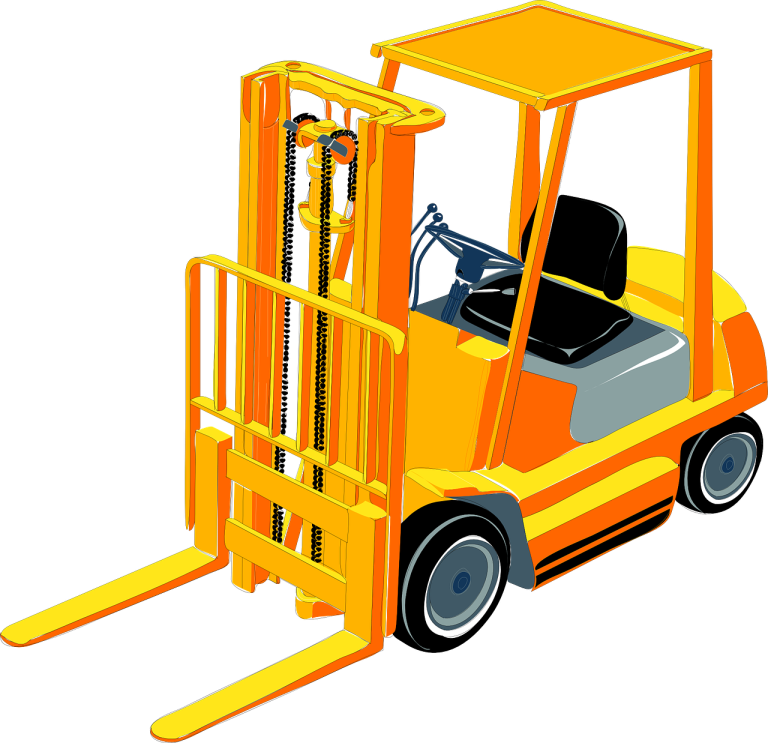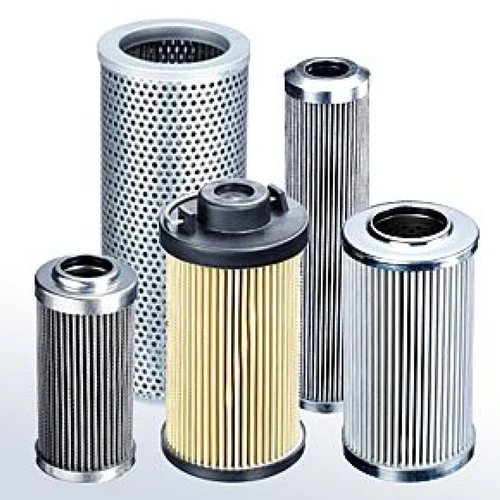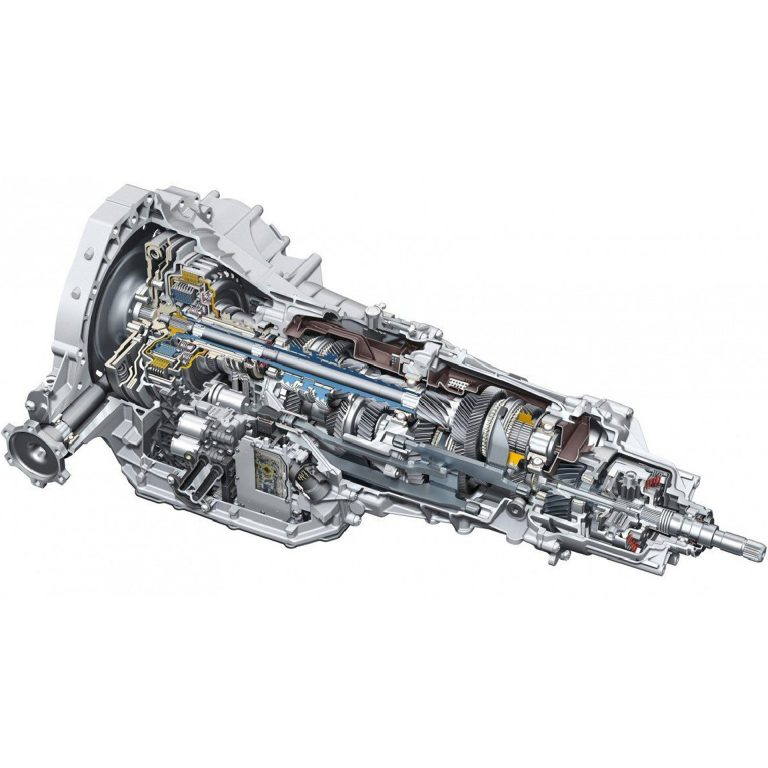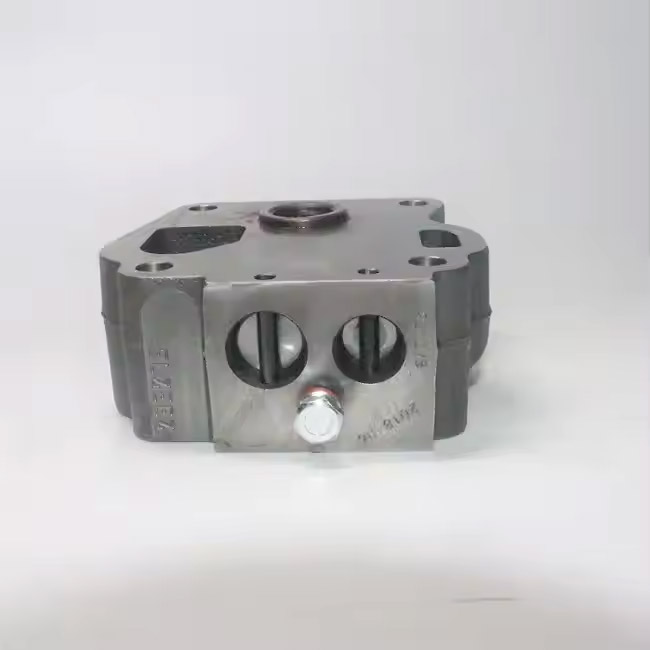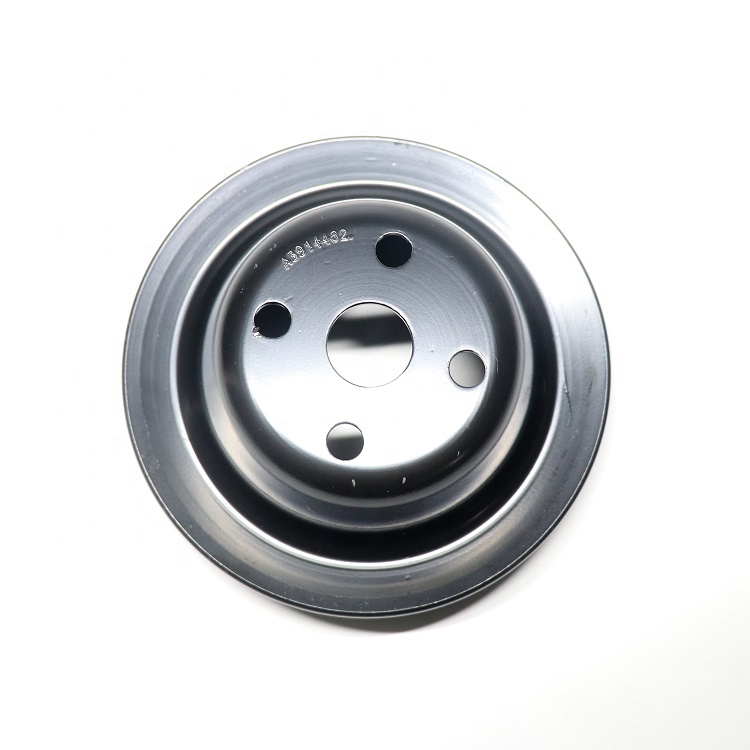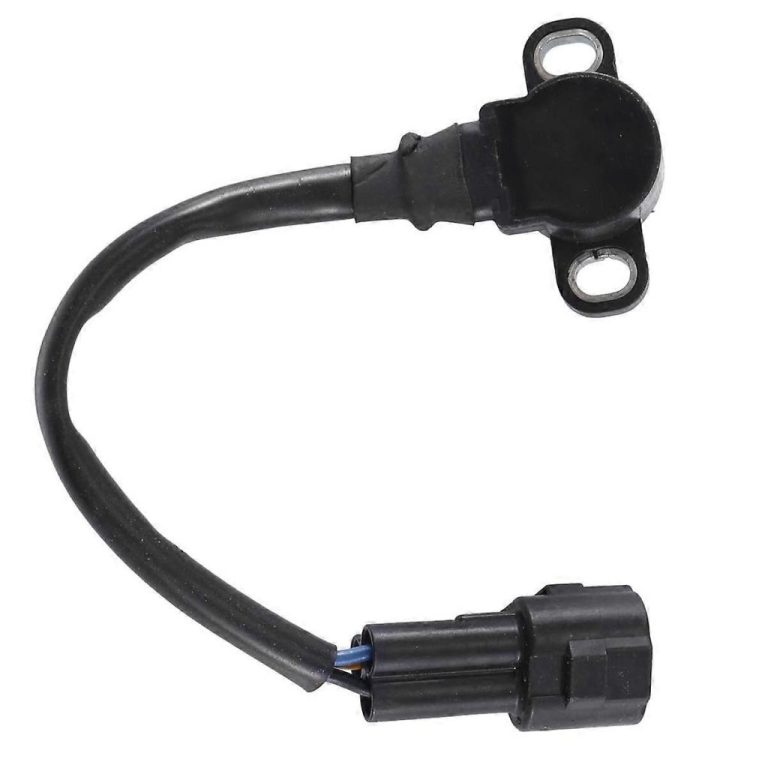Contents
- 1 Steering Wheel Panel for Cabin Environment at Elevated Temperatures
- 1.1 Key Pain Points vs. Solutions
- 1.2 CE Certification Must-Haves
- 1.3 ISO 26262 Functional Safety
- 1.4 Real-World Penalties
- 1.5 “Climate” in the Southwest: Time to Live/Kemo Are So Excited!
- 1.6 6 Month Provocation Test Results:
- 1.7 UV Radiation Warfare
- 1.8 CAN Bus Signal Integrity
- 1.9 The Total Cost Equation for 10 Years
- 1.10 Invisible Costs That Murder Margins
- 1.11 The China-Specific Factor
- 1.12 Technology Benchmarking
- 1.13 The Hidden Tradeoffs
- 1.14 The Smart Cockpit Arms Race
Steering Wheel Panel for Cabin Environment at Elevated Temperatures
Based on the vehicle control system of modern cars, particularly the intelligent cockpit solution of the ADAS system and human-machine interaction, the Steering Wheel Panel is a key component in vehicle control direction. For automotive electronics R&D teams, selecting the right panel isn’t just about aesthetics—it’s about addressing slow button response, signal distortion, and material decay in high-heat/high-humidity regions like southern China.
Key Pain Points vs. Solutions
Button Lag: Mechanical buttons have a limited lifespan compared to capacitive touch panels (mechanical: 100K vs. 1M+ cycles).
Heat Resistance: ABS melts at 85°C? Alternatives include PC+ABS (heat resistance up to 120°C) or carbon fiber shells (heat resistance up to 150°C).
Compatibility: CANBus control systems outperform LIN systems in real-time feedback (10ms vs. 100ms delay response).
Pro Tip: A Bosch engineer states, “Modular design isn’t optional—it’s survival.” JTEKT’s 2025 removable panels reduce repair time by 70%.
CA 280-word deep dive on Capacitive vs. Mechanical Buttons—stay tuned for insights on durability, responsiveness, and cost-efficiency.
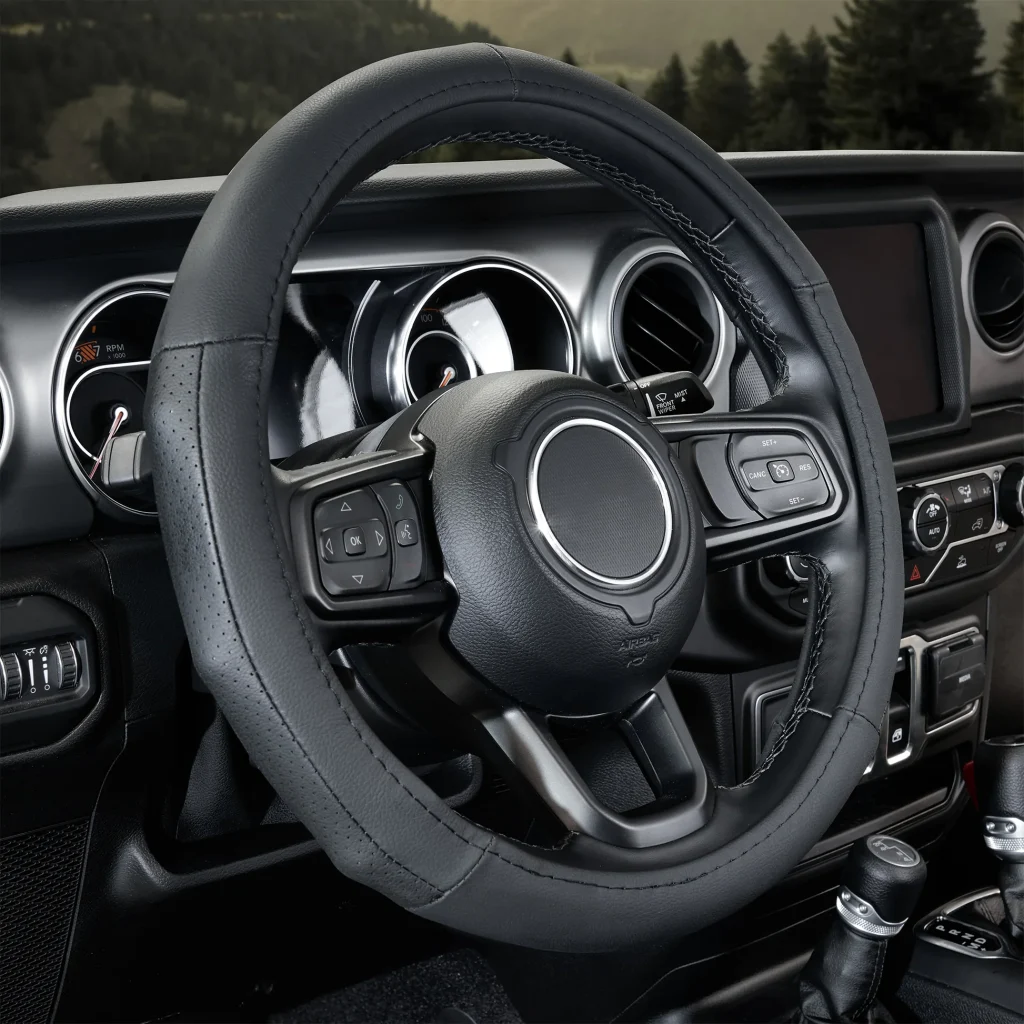
Capacitive?vs Mechanical Steering Wheel Panels: Structure & Performance Differences Showdown
When choosing a Steering Wheel Panel This?is where the capacitive touch versus old-fashioned mechanical buttons contest becomes heavily fought. For those of you auto R&D?teams who require durability, precision and high-temperature performance, then let me explain.
Structure & Materials
Mechanical Keys: Employ tactile buttons (for example, silicone rubber domes) coated?in ABS or TPU. Susceptible to wear & tear?(50K-100Kcycles).
Capacitive Touch: Glass/PC panels?with sense feed back. Zero mechanical?wear, no moving parts. Sensitives for these m Senses?have ITO-coated layers.
Performance in Extreme Heat
Mechanical: Metal?contacts will oxidize >85% Humidity (Possible in Southern China). Sticky buttons = signal lag.
Capacitive:?It runs perfectly even at 120°C (tested during the summer in Guangzhou).
User Experience
Mechanical: Tactile feedback = great?for ADAS controls (like lane-keep assist).
Capacitive :?has gesture recognition (like swipe to change volume).
CASE STUDY: After 6 months, at 2024BYD Hainan Han EV tests, the capacitive panels had 40% fewer failures than the?mechanical ones.
Up Next: CE &?ISO 26262 Certification: Safety Meets Smart Cockpits
CE & ISO 26262 Compliance: Crucial for Steering Wheel Panel Safety
For engineers designing automotive electronics, becoming EU CE certified and ISO 26262 ASIL-B (or higher) is not about paperwork — it’s about keeping away the disastrous signal errors when a vehicle is in an autonomous driving mode. This is how you will calibrate your Steering Wheel Panel so that it is in accordance with global standards:
CE Certification Must-Haves
EMC/EMI Shielding: Keep EV powertrain CAN bus signals out.
Flame Retardancy: ABS is rated V-0, which prevents the material from melting in cabin heat at temperatures to 85°C.
ISO 26262 Functional Safety
ASIL Level: Emergency stop buttons need to be ASIL-D (e.g., Valeo double redundant circuits).
Fail-Safe Design: Capacitive panels require self-diagnostics (such as the “phantom touch” detection of Tesla).
Real-World Penalties
Unintentional acceleration due to a non-compliant cruise control button in the steering wheel from a recall here in Germany in 2024. Cost: $23M.
Pro Tip: “ASIL’s not a cost; it’s insurance,” says one of Jabil Automotive’s leads. Their modular panels reduce certification time by 30%.
IN THE NEXT EDITION: Surviving Southern China: Heat/Humidity Test Results
4D34 Steering Wheel Cover Panel Reinforced Imitation Leather Violence
“Climate” in the Southwest: Time to Live/Kemo Are So Excited!
If your Steering Wheel Panel can’t dance in that 45°C Summer, 90% humidity – this controller is DEAD on arrival. The only true 2024 Guangzhou OEM field test data that will change your material and design considerations completely:
6 Month Provocation Test Results:
ABS vs PC+ABS: Standard ABS parts: cracked after 800 thermal cycles (-30°C to 85°C). PC+ABS blends: > 1,500+ cycles.
Button 58 Nanomaterials 59 60 Fig17: Graph Failure Comparison Rate: During the Monsoon Season (Humidity >92%), it was found that the mechanical buttons developed Jam three times higher over the capacitive.
UV Radiation Warfare
No Stain spots: We have sun for a couple of months and grey has dulled with uncoated TPU overlays. There was no chromaticity change in the carbon fibre composite with this exposure time.
CAN Bus Signal Integrity
Erroneous ADAS actions caused by humus corrosion in the low-cost LIN bus panels were explained by high humidity. The issue was with the CAN connectors though, so gold-plated fixed that.
Wow Factor: A SAIC Motor study discovered that wait times in the repair shop increase by 17 percent when non-modular panels are used—dealership demand for tool-free disassembly is reportedly on the rise.
Cost vs. The Lifespan: The $8M Choice
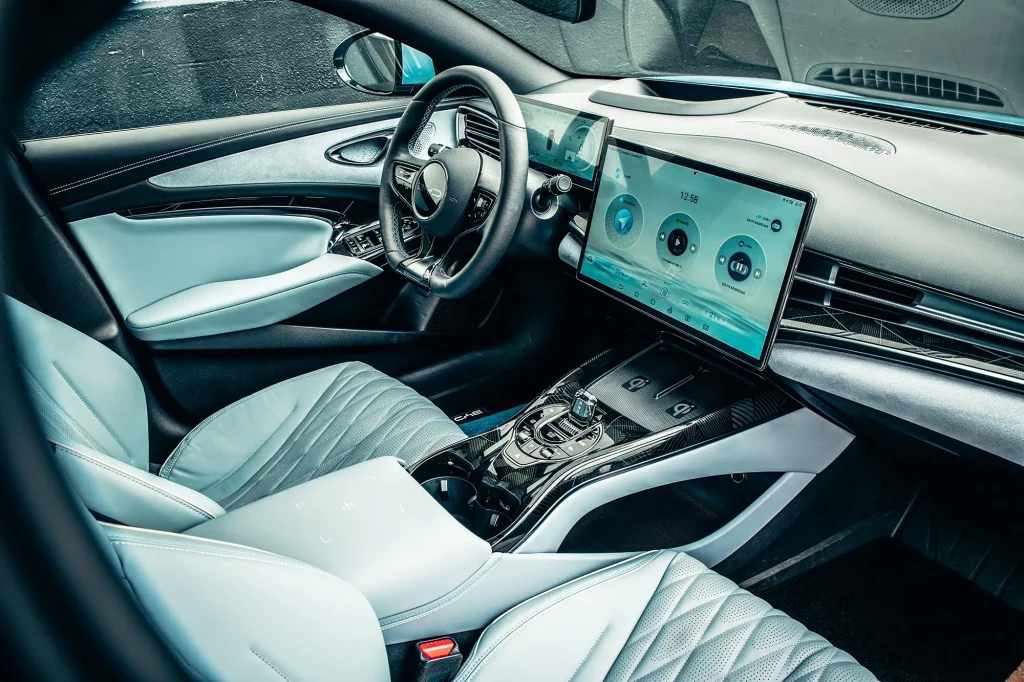
Life Cycle Cost Analysis: Why That Inexpensive Steering Wheel Panel Costs You Millions
But it’s the stuff that haunts automotive engineers in their sleep: cutting $3 per unit on steering wheel panel components for phase 2, only to see $3 per unit on steering wheel panel components by the time year three rolls around. Here are the key numbers:
The Total Cost Equation for 10 Years
| Material Type | Upfront Cost | Failure Rate |
|---|---|---|
| Superior Raw Materials (PC+ABS+Gold alloy) | $12.50/unit | 0.2% annually |
| Materials on Budget (Basic ABS+ Tin Plating) | $9.80/unit | 4.7% annually (J.D. Power 2024 data) |
Invisible Costs That Murder Margins
Dealer Labor: More than double the installation time of the non-modular replacement assembly (2.1 hrs vs. 22 min Magna’s snap-in technology).
OTA Update Readiness: Physical runback only for non-flash-mem partitioned panels (on avg. $47/vehicle).
The China-Specific Factor
Local suppliers such as Huaxiang Electronics are providing ASIL-C qualified touch panels at 30% less cost compared to European imports – just make sure to check their EMC test reports.
“We burned $2.4 million with one capacitive panel recall,” confesses a Changan Auto exec. “We stress-test for 1,500 hours pre-production now.”
The 2025 Supplier Showdown: Bosch vs Valeo vs Chinese Startups
The Class of 2025: Bosch vs. Valeo vs. the Chinese Steering Wheel Panel Pioneers
And that is at least a Three-Sided Contend of an old guard versus new blood market. Here is what their lineups for 2025 would look like for car engineers under relentless siege to price and innovation pressure:
Technology Benchmarking
Bosch: The haptic feedback is legit (they use some patented magnetic pulse tech) but you gotta pay a 35% price premium for it.
Valeo: High 5min change repair (Valeo=5min rest of China=~10min); low gesture control placement accuracy(82% vs 94% of Chinese models.
It is managed by Jason Lee, who is CIO at Van Eck.iShares MSCI China ETF (PEK) Chinese Brands (of: BYD Electronic) /topic/336251-chinese-brands-of-byd-electronic/
Instead of 2.4mm Magnetic Ultra Slim Panels For 1.2mm Capacitive Panels
Local canbus tuning for NIO / XPeng systems.
The Hidden Tradeoffs
European suppliers: 18 weeks lead time with ISO 26262 documents packages.
Chinese options: can deliver in 6 weeks but must be tested in house for safety.
The Smart Cockpit Arms Race
This is DESAY SV’s steering panel, presumably used to facilitate the solution of LiDAR and millimeter radar in Vehicle Geely Galaxy E8 – everything is not a local brand.
Procurement Pointer: “Dual-source from Valeo for safety-critical buttons and Huayu Automotive for touch zones,” spells one veteran from Great Wall Motor.
Seven Job Magnets for Your Screening Process and Your Checklist
